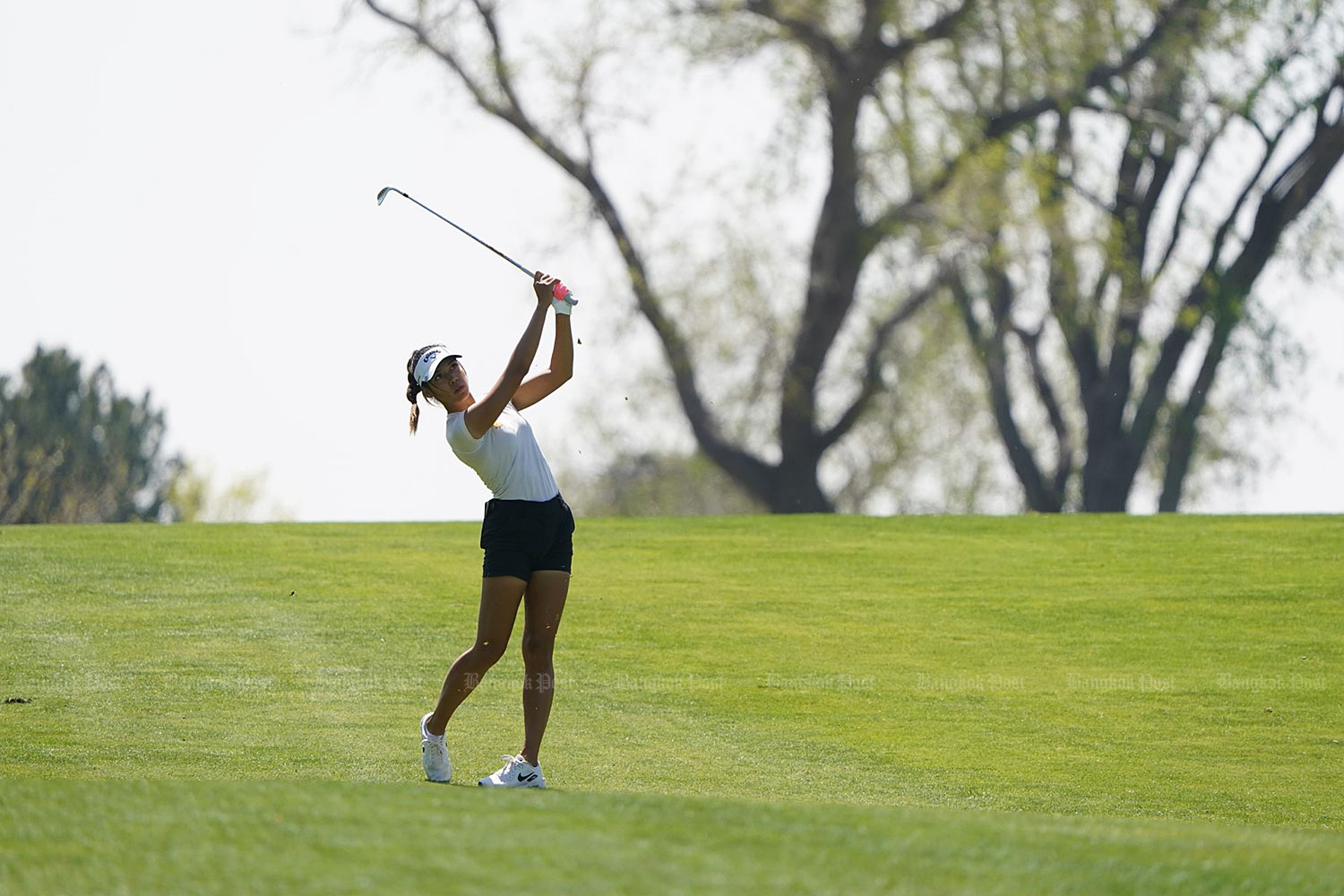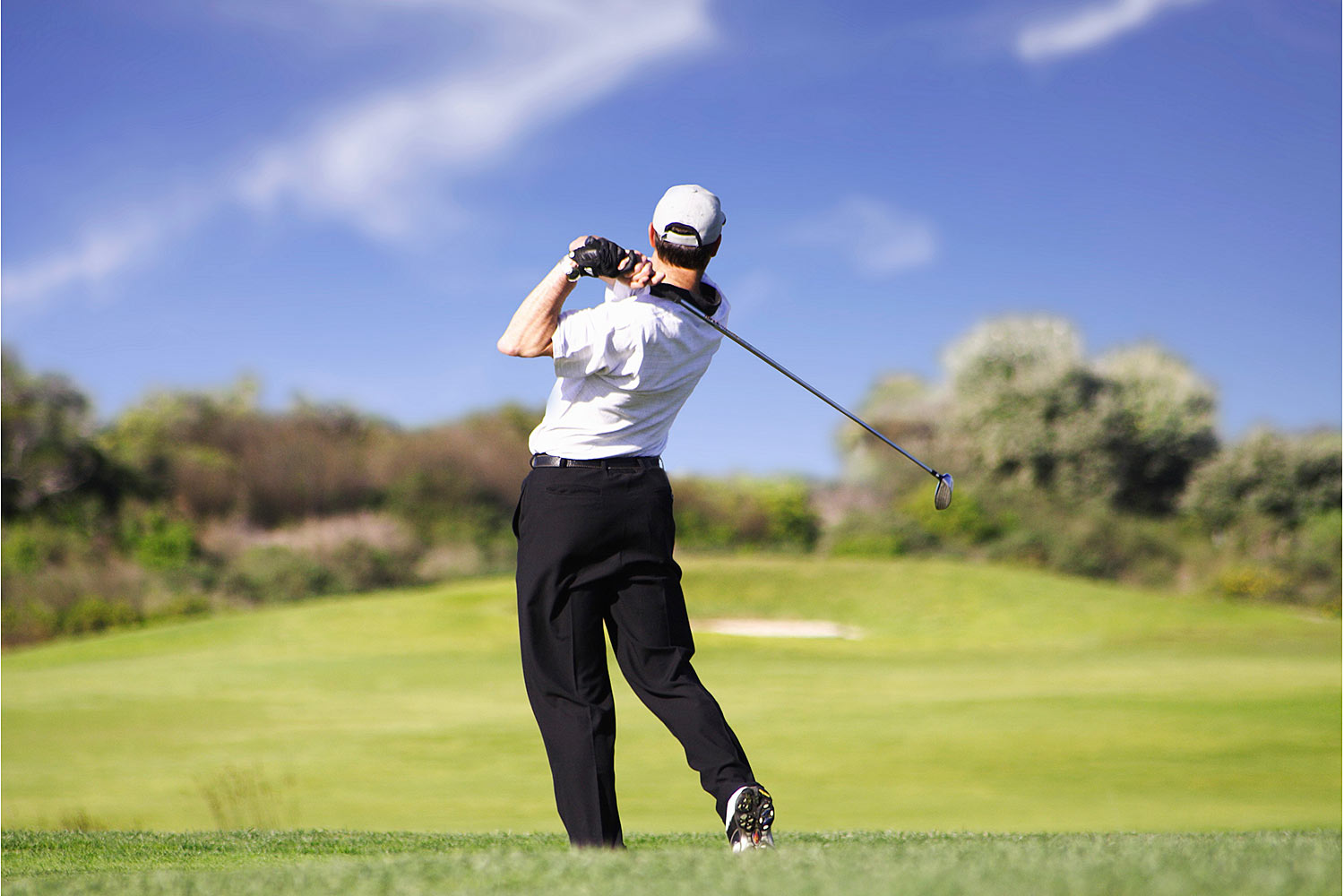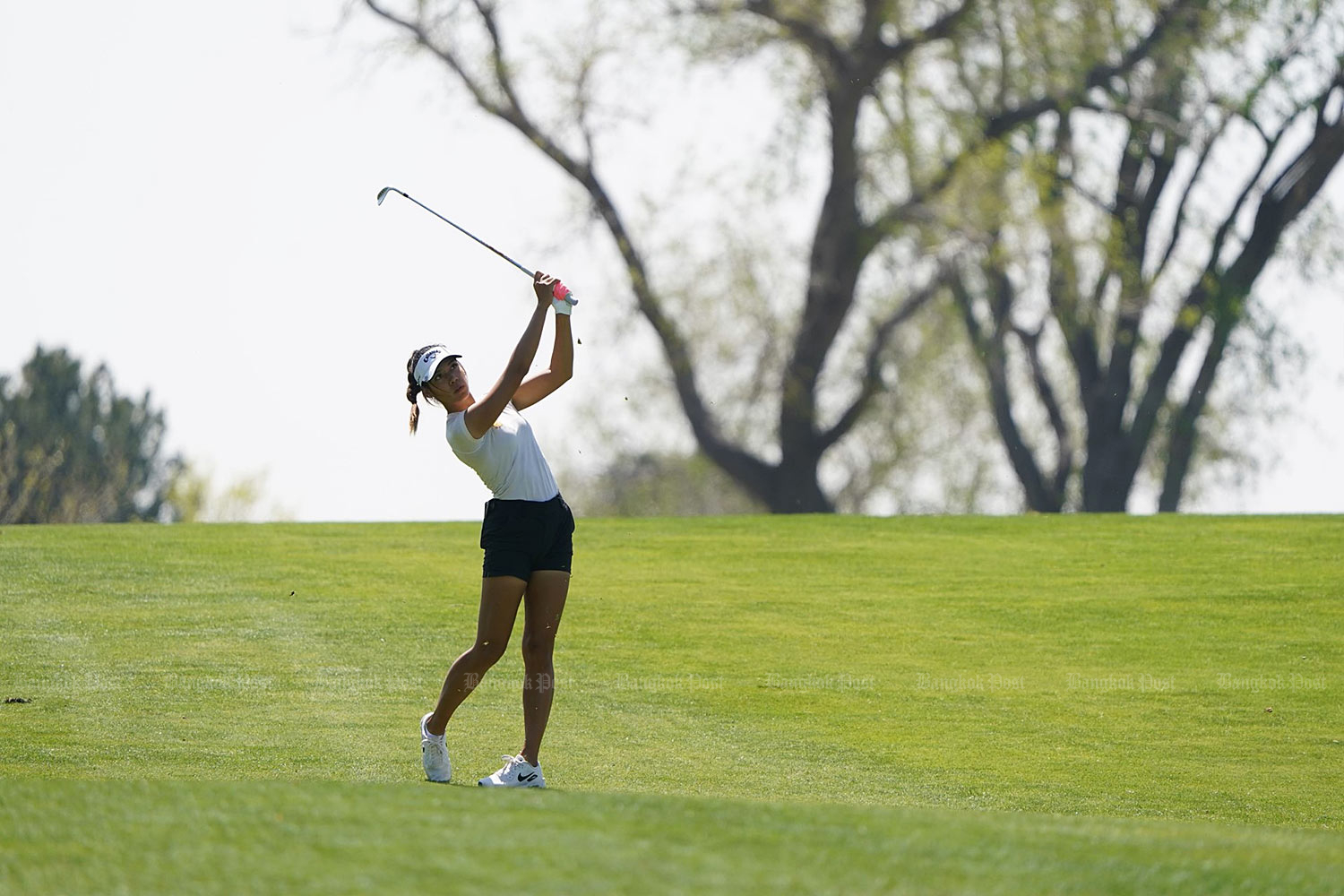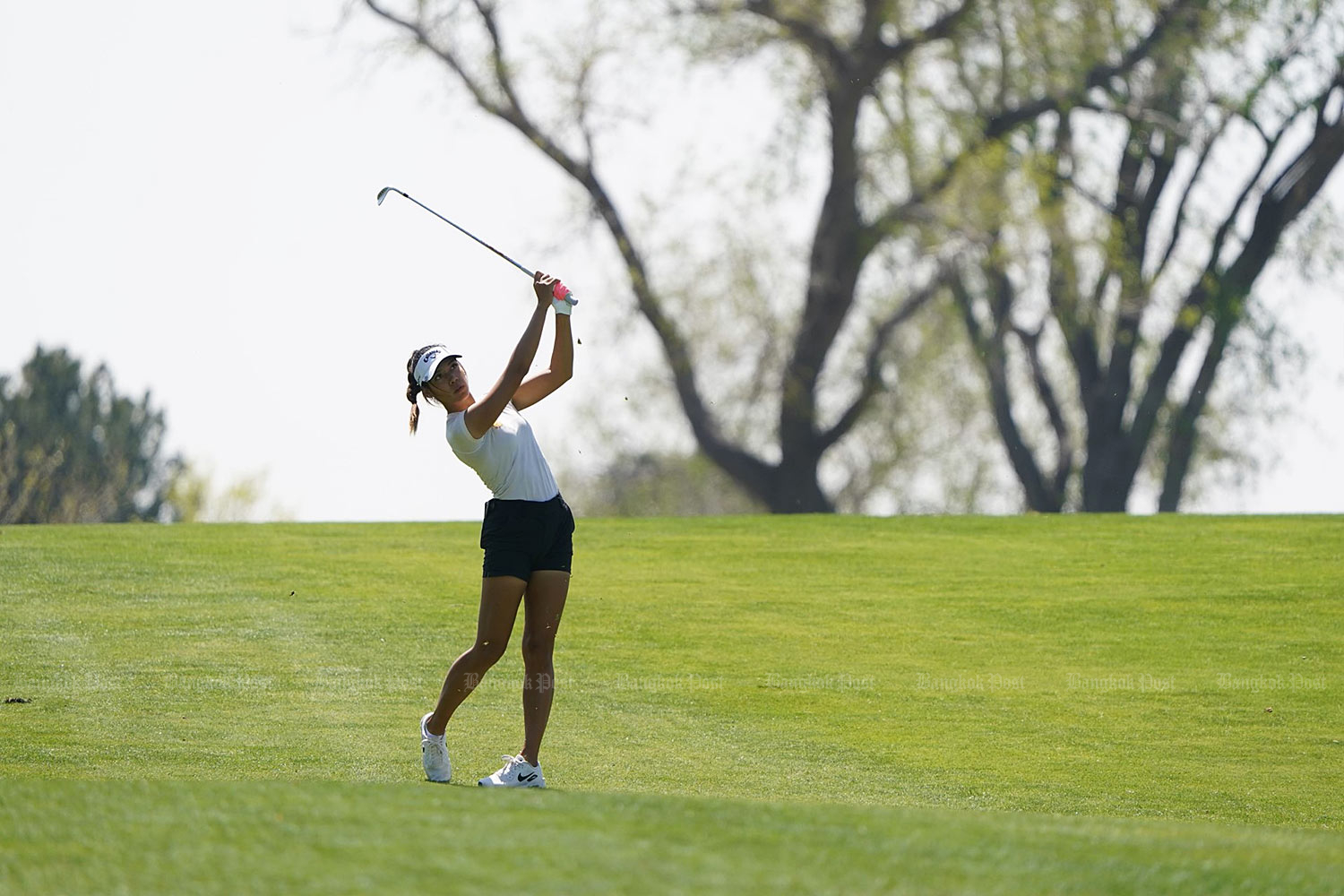Showing 1 - 10 of 19
Penalty or no penalty? These tricky scenarios will test you
Sports, Brett Brasier, Published on 12/11/2025
» Let's see how good you know your golf rules; Here's some questions that will get you thinking -- You and your opponent are using the same type of ball in a match and inadvertently play each other's ball into the green. You're not sure who played a shot with the wrong ball first, so you finish out the hole as if nothing happened. Penalty or no penalty?
What happens when two golf balls collide on the course?
Sports, Brett Brasier, Published on 29/10/2025
» Golf balls do occasionally collide. It doesn't happen too often but it does occur occasionally. If a shot is played from off the putting surface and your ball hits another ball, what should you do?
One wrong score for a hole can end your round
Sports, Brett Brasier, Published on 15/10/2025
» If you return a scorecard with a wrong score for a hole; the score you entered stands if it was higher than your actual score. However, you are disqualified if you return a score that is lower than your actual score or if you fail to return a score for a hole. Putting down a lower score is considered a serious breach of the rules and results in disqualification, unless an unknown penalty was the cause. Some professional tours have adopted a rule that gives players a 15-minute window to correct an incorrect score after leaving the scoring area.
Golf's odd club rules explained
Sports, Brett Brasier, Published on 08/10/2025
» Here's a confusing rule that l would like to hopefully make clearer. You're allowed to carry up to fourteen clubs for a round of golf. However, you can have fewer -- just one if you wish. There is no restriction on the type of clubs you carry so long as they conform to the Rules of Golf. For example, you can carry multiple putters, multiple drivers, or some left-handed clubs and some right-handed clubs. If you start a round with fourteen clubs, you are generally limited to those clubs for the rest of the round, even if you lose one. But if you break one you can continue using that damaged club, replace it, or have it repaired, if possible. If you start a round with fewer than fourteen clubs, you can add clubs during the round until you reach fourteen, but you must not delay play in doing so.
Golf made simple: Key rules every player should know
Sports, Brett Brasier, Published on 01/10/2025
» Carrying on with some basic 'easy to understand' golf rules that we all need to know well. To correctly drop a golf ball, you must release the ball from your hand at knee height, allowing it to fall straight down without touching your body or equipment before hitting the ground. The ball must then land and come to rest within the defined relief area for that required situation. Should it bounce away from the dropping area you can try two more times. If still unsuccessful -- you can then place the ball. If you drop the ball incorrectly, you simply must re-drop it without penalty, but you incur a penalty if you play the ball from a wrong place after dropping it.
Why a provisional saves you long walk back
Sports, Brett Brasier, Published on 17/09/2025
» Continuing on the theme of our rules; here's one that we should all know but it's best to go through the procedure once more.
From divots to bunkers: Clearing up rules
Sports, Brett Brasier, Published on 10/09/2025
» Feedback always comes back thick and fast when l mention the rules of golf as our rules can be confusing for many. Last week, l discussed the situation of if your ball embeds itself and from the feedback came the helpful comment that there's no relief if your ball comes to rest in another pitch mark or divot.
How the original 13 rules shaped game
Sports, Brett Brasier, Published on 25/09/2024
» I'm always getting questions regarding the rules, and I answer them as best l can however, as we all know -- our rules can be somewhat complicated and catching out even the world's best players. Therefore, it's interesting to see how simple & refreshingly uncomplicated they were back in the day.
Wedge wisdom: Perfecting your pitch and chip skills
Sports, Brett Brasier, Published on 21/08/2024
» There's no reason why a reasonable golfer should take more than three to get down from 150 yards. If you spend most of your practice time hitting a 7-, 6- or 5-iron whichever you use for a 150-yard shot, you should hit the middle of the green and now and again sometimes the ball will roll up close to the hole and make you look good.
Turn on axis instead of lateral slide
Sports, Brett Brasier, Published on 19/07/2023
» By moving your left knee forward, the hips are naturally turned back and allow for the backswing to occur. By making sure the kneecap doesn't move laterally, you are limiting the overall movement of your lower body, and in doing so promoting a more reliable and compact swing.










